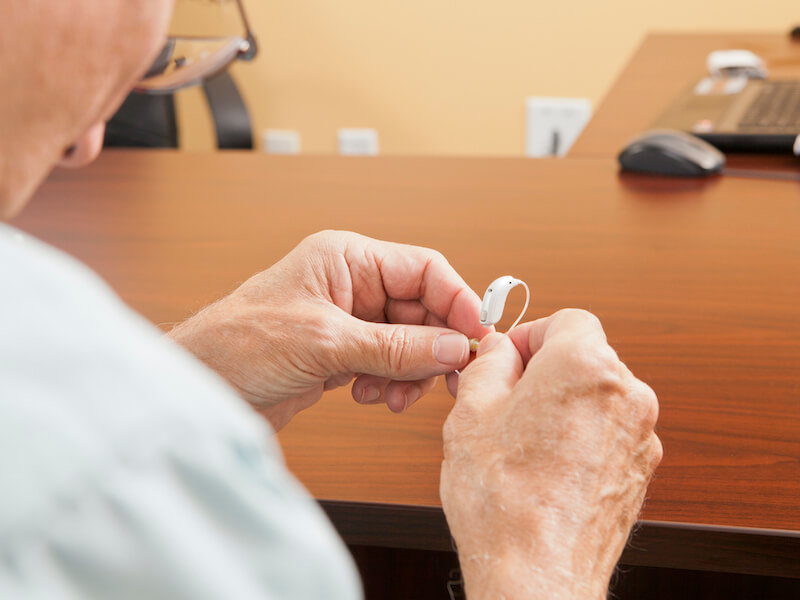
You go above and beyond to make sure your hearing aids are well taken care of. When you go to sleep, you always put them snuggly on the charger and you clean them every day.
Suddenly and distressingly, your hearing aids are no longer working the way they used to. Fortunately, there are some measures you can take to diagnose the problem. Just don’t forget: your number one job is to refrain from damaging your hearing aid additionally (or you might have to replace them).
Hearing aid troubleshooting
Of course, when you first got your nice new hearing aids, you made a point of storing the owner’s manual in a safe place. Hopefully, you did so that you can consult with your owner’s manual to do maintenance and troubleshooting. Using your owner’s manual is crucial because every model of hearing aid is different.
Here are some things you can check on most models:
- Wax accumulation: Perform a visual check of your hearing aid to make sure that there’s no wax buildup interfering with standard functionality. Wax can build up quickly even if you clean your hearing aids frequently so make it a point to double check.
- Check for visible damage: Do you notice any visible cracks or loose components around the shell of your hearing aid? If you discover cracks, it could suggest that moisture is getting in and there might be more significant damage.
- Check your battery: You’ll still want to assess the battery power even if you had your hearing aids charging at night. If your hearing aid has replaceable batteries, it may not be a bad plan to check if those batteries are inserted properly or if a new one resolves the issue.
- Keep your microphone clear: Check for anything blocking the microphone of your hearing aid. An obstructed microphone can create feedback or can cause your hearing aids to sound broken or silent.
Once again you can learn how to address each of these issues by referring to your owner’s manual. In some cases, you may be able to perform maintenance yourself.
When does my hearing aid require repair?
If your hearing aid keeps malfunctioning after you have performed basic maintenance and troubleshooting, it’s likely that your hearing aid will need to be professionally repaired. You need your hearing aids for almost every facet of your life so this may not sound really appealing.
It’s definitely worth noting that “repair” doesn’t always mean “mail your hearing aids in for service and wait several weeks”. Sometimes, we can do the repair in office and you can take it with you when you go.
Or, depending on the degree of the damage, you could get your hearing aids back in a few hours.
There are still some cases where such quick repair isn’t possible. And in those cases, you may find yourself in need of a backup set of hearing aids. So if you’ve got an old pair lying around, ask whether they will serve temporarily. We might even be able to loan you a pair while you are waiting.
Don’t wait to get assistance with your hearing aids
It’s essential to have your hearing aid assessed and repaired if you start to notice the audio quality is beginning to fail.
You’ll want to try to avoid any downtime. Your mental health and your overall health can be impacted by untreated hearing loss. And it becomes all too easy to leave your hearing aids laying in a drawer somewhere while your hearing continues to diminish.
The optimum way to keep your hearing healthy is to keep those hearing aids working. Keeping them charged, clean, and when necessary, professionally repaired is the best way to do that.
